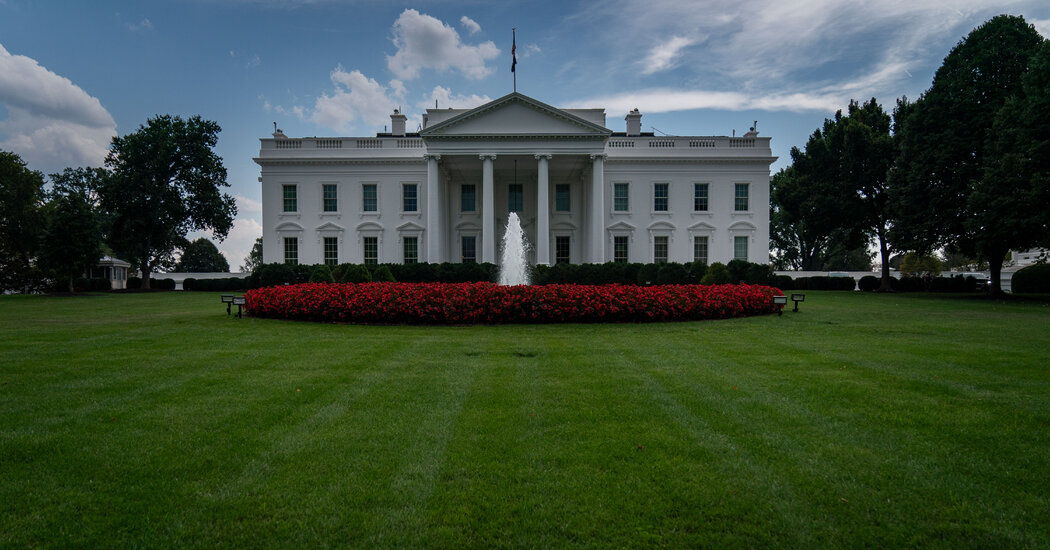Maine Braces for More Storm Damage and Coastal Flooding
As tiny towns and fishing ports along the coast of Maine picked up the pieces from Wednesday’s devastating storm — and braced for more damage from another bearing down — not all the losses they counted were financial.
Gazing out at a coastline pockmarked by missing piers, ramps and wharves, some of which had been in place for generations, residents also grappled with feelings of grief and disorientation as they surveyed the ravaged waterfront.
“There’s a term coined by a philosopher in 2008, solastalgia, to describe the feeling of homesickness when you’re already home,” said Monique Coombs, director of community programs for the Maine Coast Fishermen’s Association, referring to the work of the Australian environmental philosopher Glenn Albrecht. “People were already feeling that way, as privatization and gentrification change these communities, and then to also have this destruction from storms only adds to those feelings of grief.”
Gov. Janet Mills declared a state of emergency in eight coastal Maine counties on Thursday, and surveyed damage on the coast on Friday, as towns began to catalog losses expected to be in the millions.
Among the best-known sites to suffer damage were the century-old Shore Path in Bar Harbor and Pemaquid Point lighthouse in Bristol, depicted on the Maine commemorative quarter. Boatyards lost equipment in harbor-side machine shops; some of the state’s 4,000 to 4,500 lobstermen lost hundreds of traps.
The storm on Wednesday drew its power from a dangerous confluence of wind direction and timing, said Derek Schroeter, a meteorologist with the National Weather Service in Gray, Maine. Gusting onshore winds peaked close to high tide, producing a dramatic surge in ocean waters that ranked among the highest ever recorded in some locations.
“The waves came up under the wharves, picked them up and dropped them somewhere else,” Ms. Coombs said.
There were reports of washed-out roads and battered boat landings across the coast from Portland east to Rockport, Hancock, Castine and Cutler. Winds gusted up to 79 miles per hour in Kittery, Mr. Schroeter said, and up to 95 miles per hour on Isle au Haut, an island in Penobscot Bay that contains portions of Acadia National Park.
On Saturday, still more damage was expected from another storm set to rake the Northeast with high winds and heavy rain again. Its timing would be even worse, said Mr. Schroeter — peaking around midday, at high tide, its surge was forecast to set a record of 14.3 feet in Portland, besting the longtime high of 14.17 set in February 1978.
Flooding from the second storm is a major concern, he said, because erosion in coastal areas on Wednesday left them less stable and more vulnerable.
“I think everybody is going to be holding their breath,” Ms. Coombs said.
In Stonington, Maine’s top lobster port and home to more than 300 fishing boats, the bridge and causeway that connect Deer Isle to the mainland were closed for hours during Wednesday’s storm as cresting waves pounded and weakened sections of road. State crews moved fast on Friday to try to fill in gaps with loose stone and boulders in the brief lull between storms, said Linda Nelson, economic and community development director for the town of 1,000 people.
The town has drafted detailed plans to mitigate predicted sea-level rise in the warming Gulf of Maine, she said, pursuing funding to raise low-lying roads and piers and make other changes. But such work takes time, she added, and with every storm, the list of needs grows longer and more urgent.
“We’ve been preparing, but we just can’t move fast enough,” Ms. Nelson said. “It’s ironic, because during the pandemic, we got an influx of climate refugees, and now we’re like a poster child for climate change.”
Along with a growing belief in climate change, she said she had also seen a rising fatalism in her part of Maine.
“I believe there are things we can do,” she said. “But I think a lot of people don’t.”


